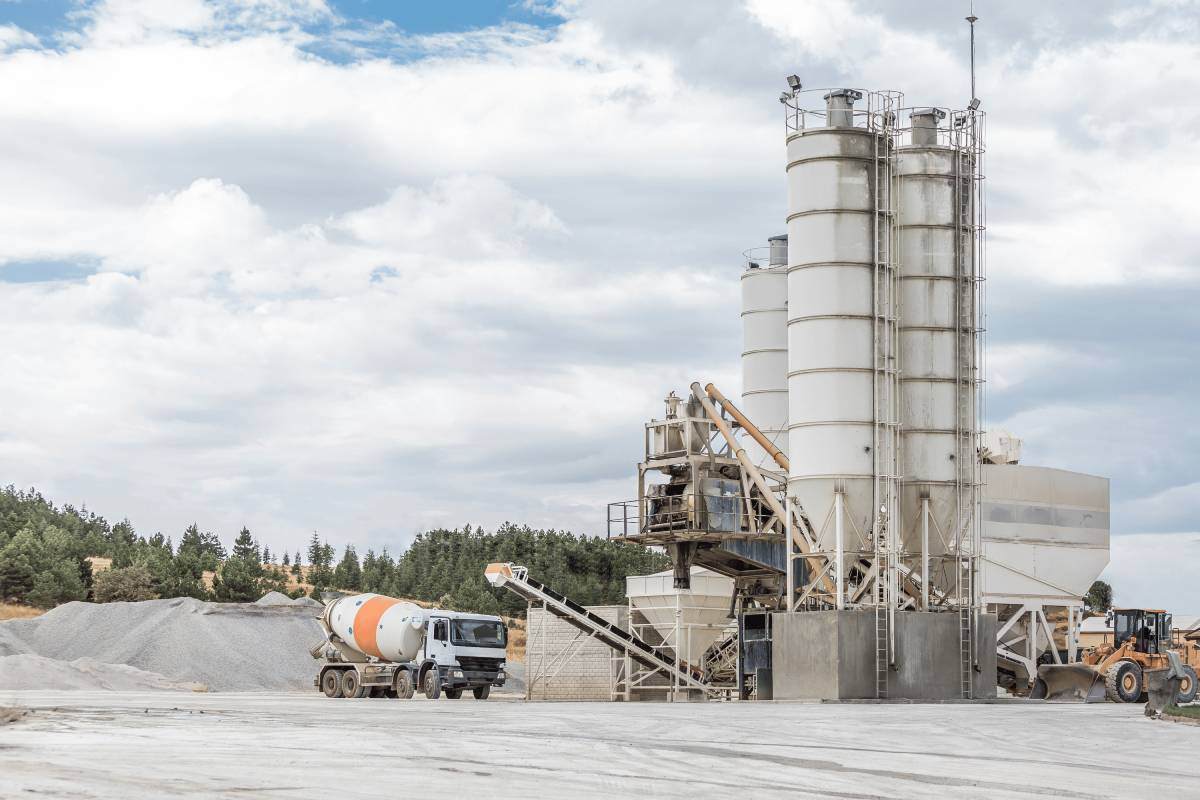
Mitigating Environmental Risks With Concrete Dust Extraction Systems
Concrete is one of the most important industrial materials of the modern world, but also poses several environmental risks. Although many people think of concrete as one discrete ‘thing’, it’s actually a loose and fairly unstable composite of three main components – cement, aggregates (such as sand, crushed stone, and gravel), and water. These cement and aggregate particles form a fine respirable dust whenever concrete is poured, eroded, or impacted in some way.
Inevitably, therefore, concrete dust is a common byproduct of many construction and demolition activities, as well as the manufacturing and logistics process for both concrete and cement.

Why Is Concrete Dust Harmful?
As concrete contains crystalline silica, concrete dust can pollute the air and cause respiratory health problems like silicosis, as well as a variety of ecological hazards. These include:
-
-
Air pollution: crystalline silica and other fine particles can quickly become airborne and contribute to air pollution. Concrete dust can linger in the atmosphere for long periods of time and pose significant respiratory risks to humans and wildlife, while also reducing visibility and contributing to smog in urban areas.
-
Water pollution: whenever concrete dust settles on a surface, it can be washed into water bodies, sewers, and rivers by rain and run-off. This contaminates both surface water and groundwater, reducing water quality for irrigation, aquatic life, and drinking. The alkaline nature of concrete dust can also alter the pH levels of water bodies, potentially damaging aquatic ecosystems and disrupting the life cycles of creatures that depend on these habitats.
-
Soil pollution: the deposition of concrete dust on agricultural fields can lead to soil degradation, impacting its fertility and structural stability. One of the side-effects of this is a reduction in essential nutrients and minerals due to increased soil alkalinity and soil erosion, which damages natural plant biodiversity and often forces farmers to use higher volumes of artificial fertilisers. The presence of large volumes of atmospheric dust in the vicinity of processing plants, quarries, and mines can also block sunlight, disrupting photosynthesis in plants and further stunting their growth.
-
Concrete Dust Extraction or Suppression?
By investing in dust extraction and suppression systems, concrete plants and businesses that use concrete can safeguard local ecosystems and the health of nearby residents. There are two approaches you can take to this. You can extract dust from the air when it has already been produced, or suppress it from becoming airborne.
How to remove concrete dust from the air? Many concrete processing plants use air purifiers equipped with High Efficiency Particulate (HEPA) filters, which are adept at capturing the small but deadly silica particles contained within concrete dust. By positioning air purifiers and dust extraction systems in areas of your plant with high dust concentrations, you can improve air quality and prevent dust from spreading outside your site. Exhaust fans can also be used to draw out dust-heavy air (into filters or collecting bags) and replace it with cleaner air from outside.
Dust suppression techniques are also effective at reducing the volume of concrete dust you have to deal with. For example, implementing high-pressure misting systems or sprinkler systems around your work areas helps to weigh down dust particles and prevent them becoming airborne.
Dust Control Sprinkler Systems From Best Chem
Please contact our team for more information about our range of dust control sprinkler systems, and how they can reduce the environmental and health implications of concrete dust.